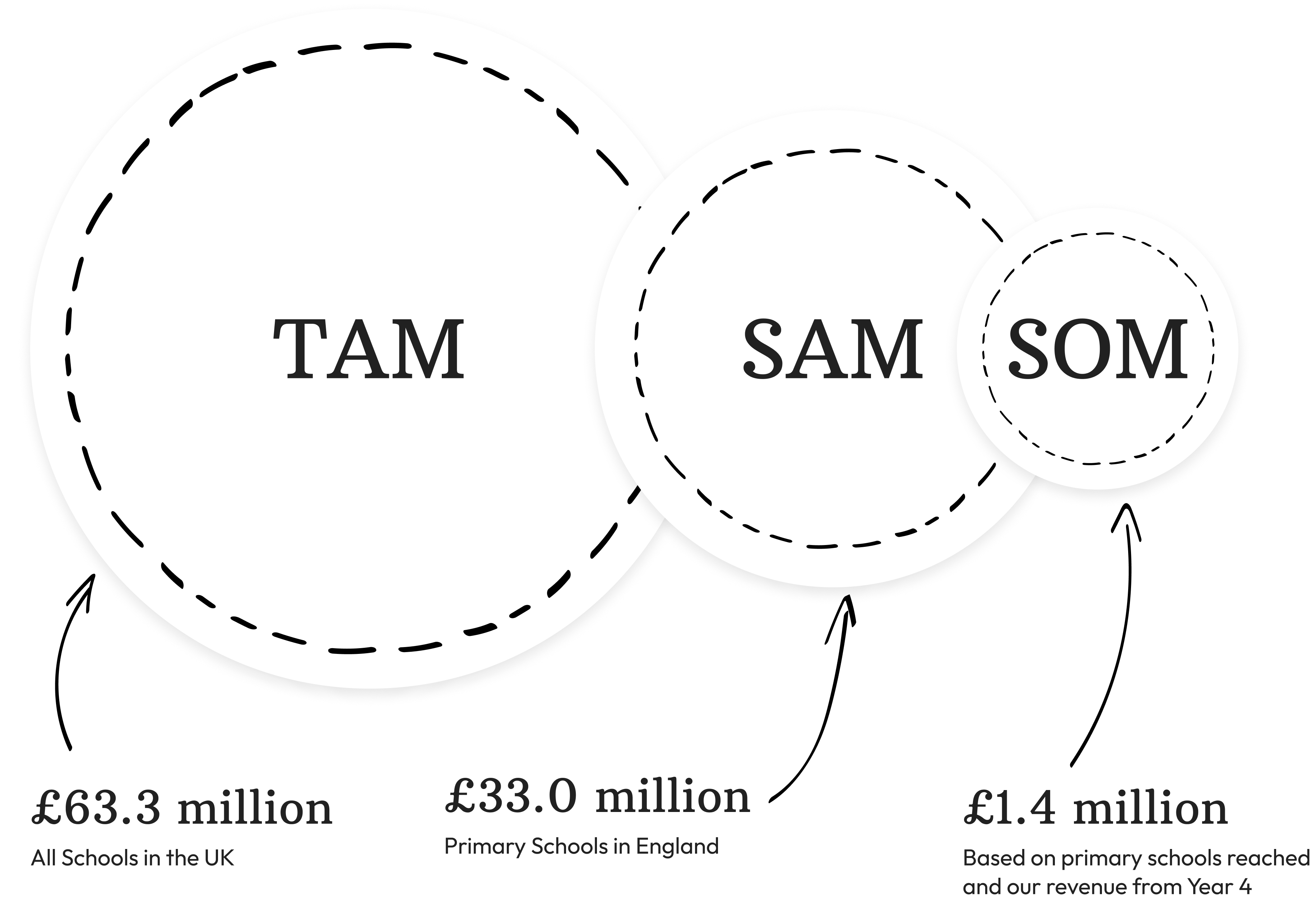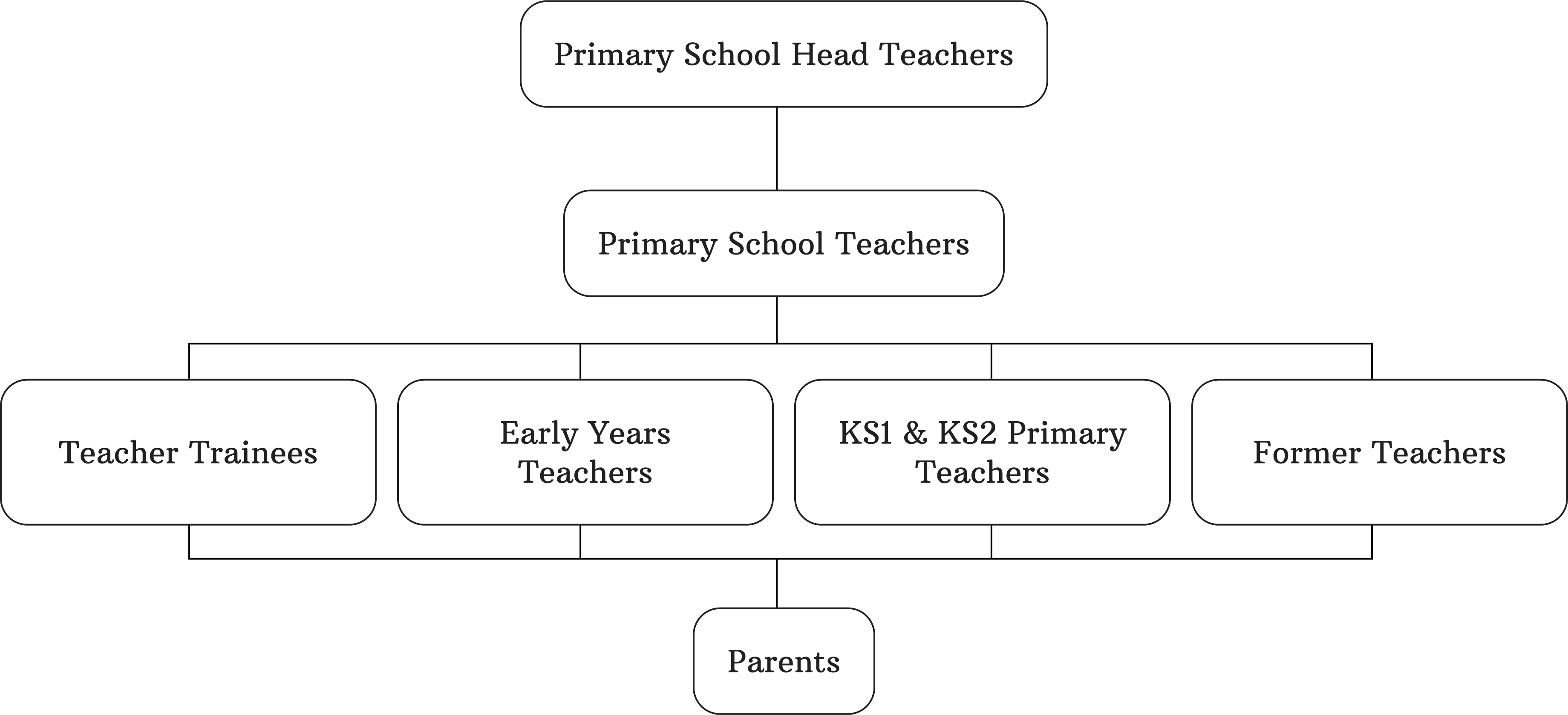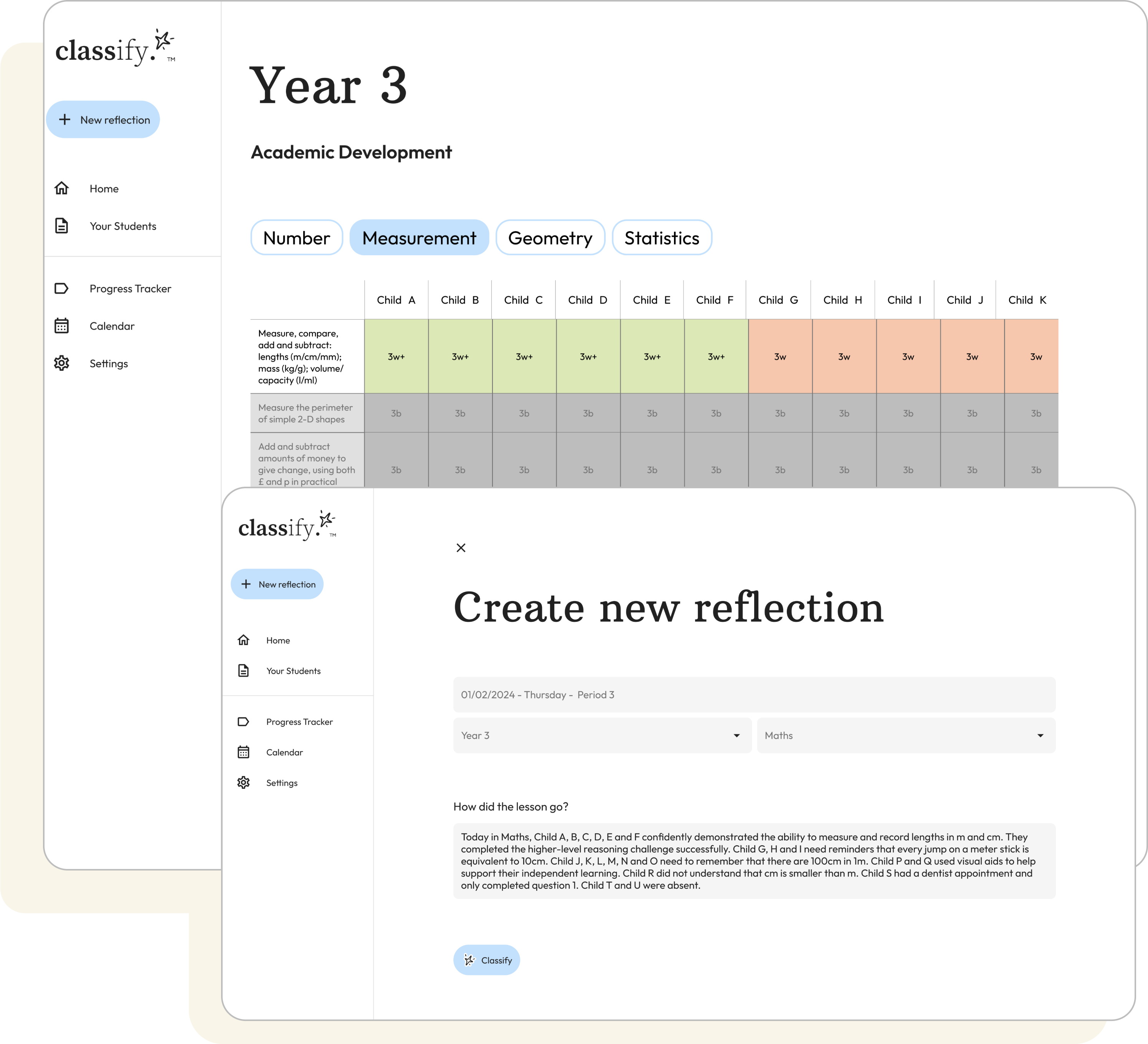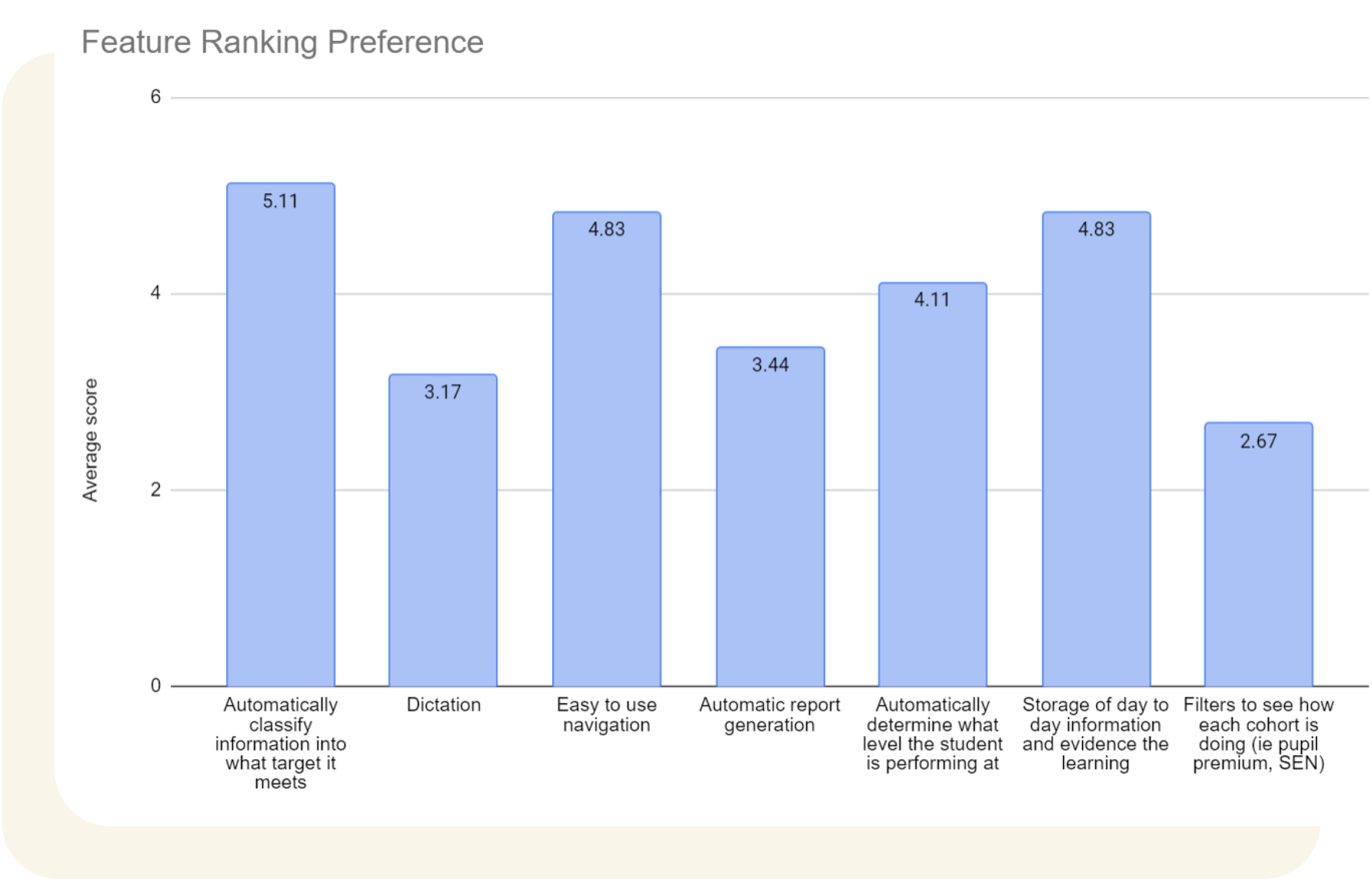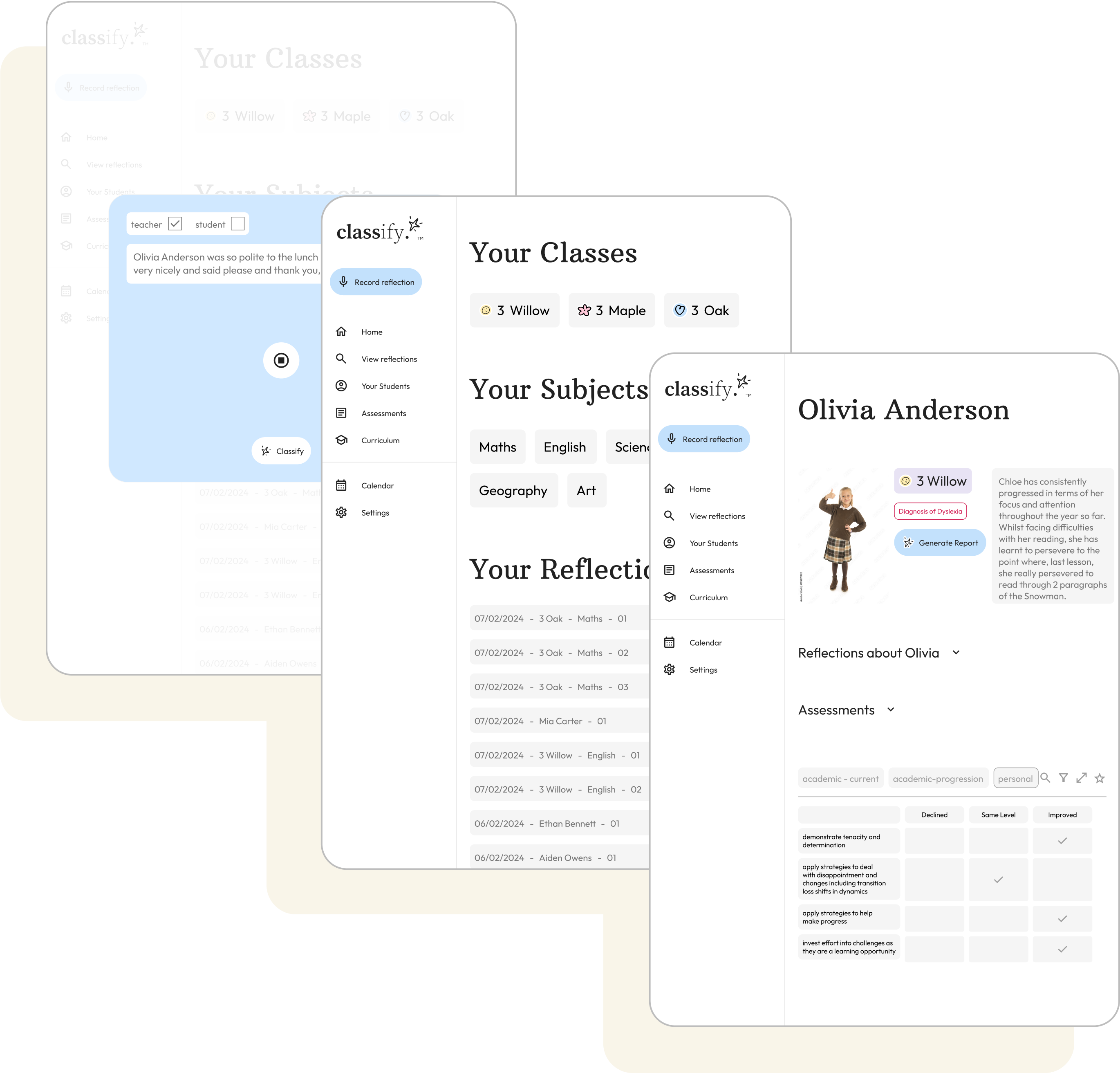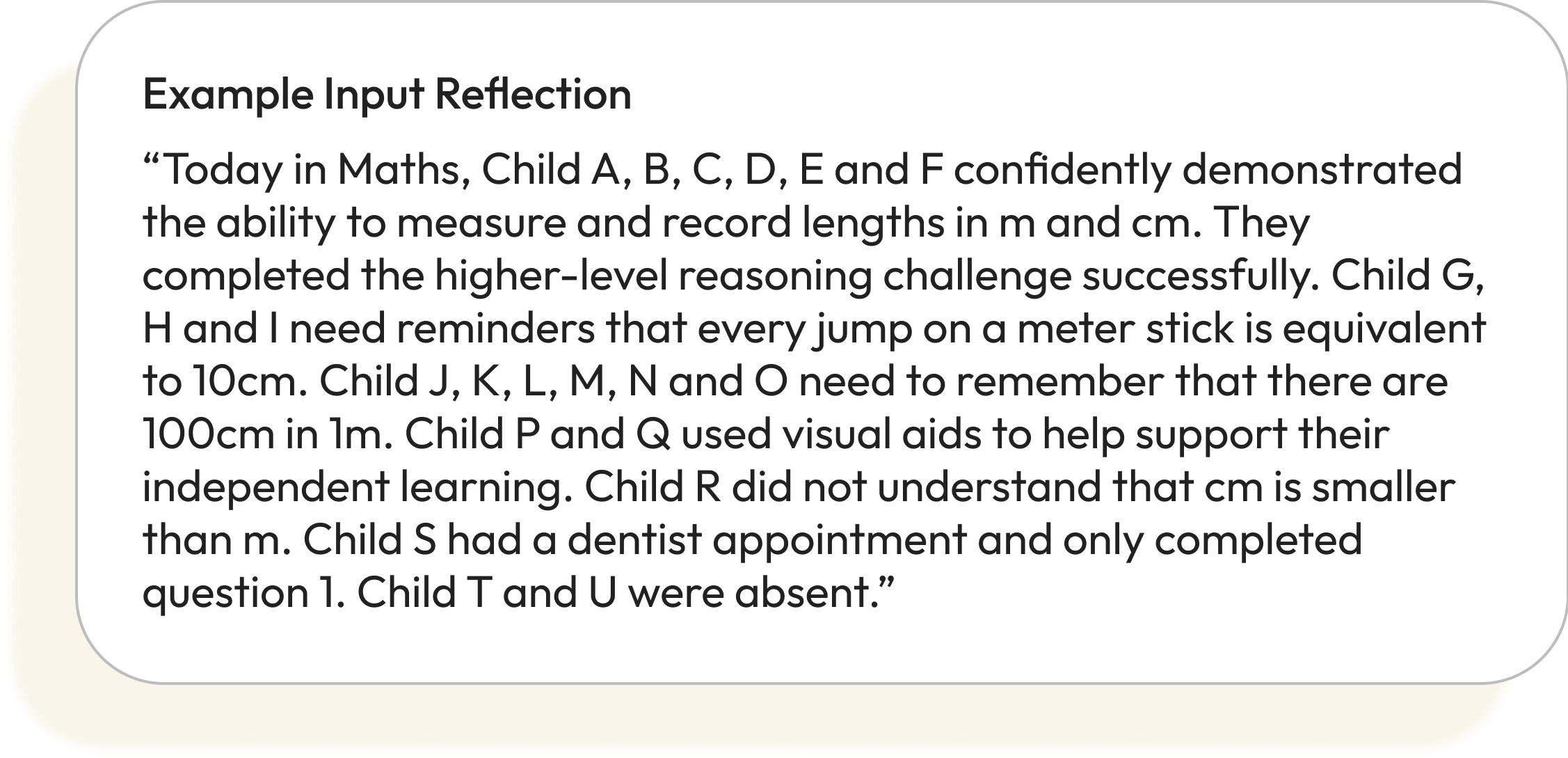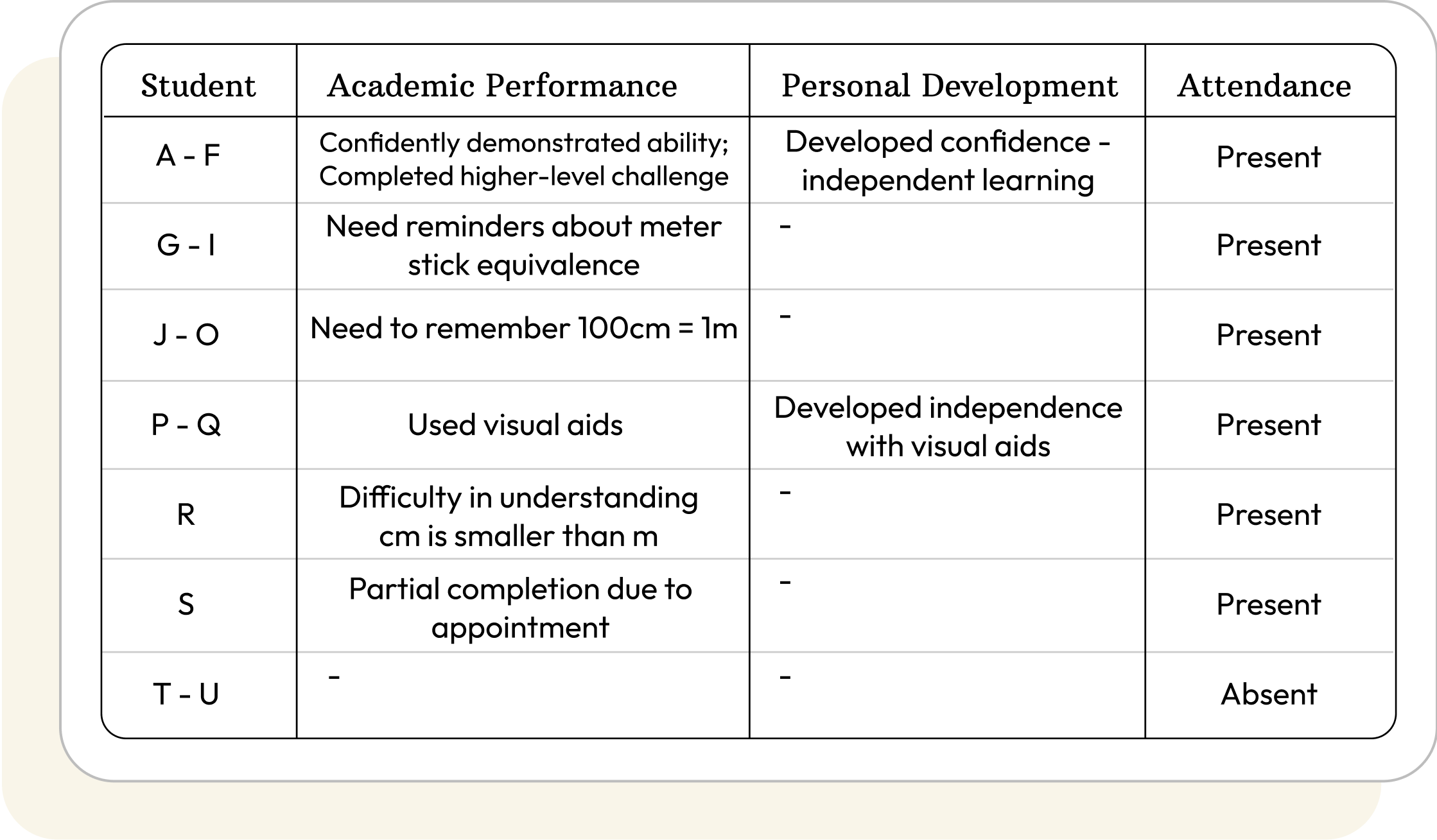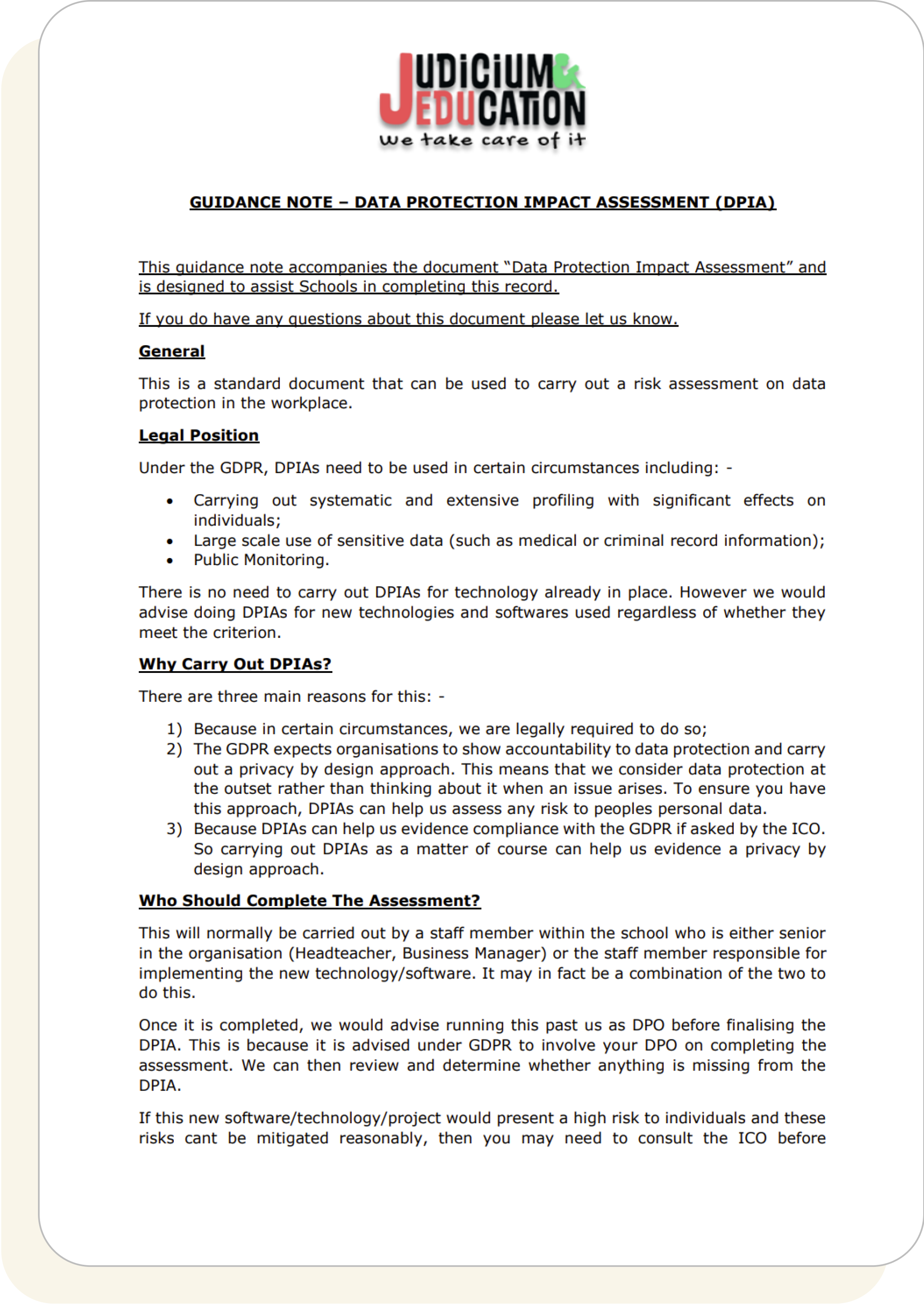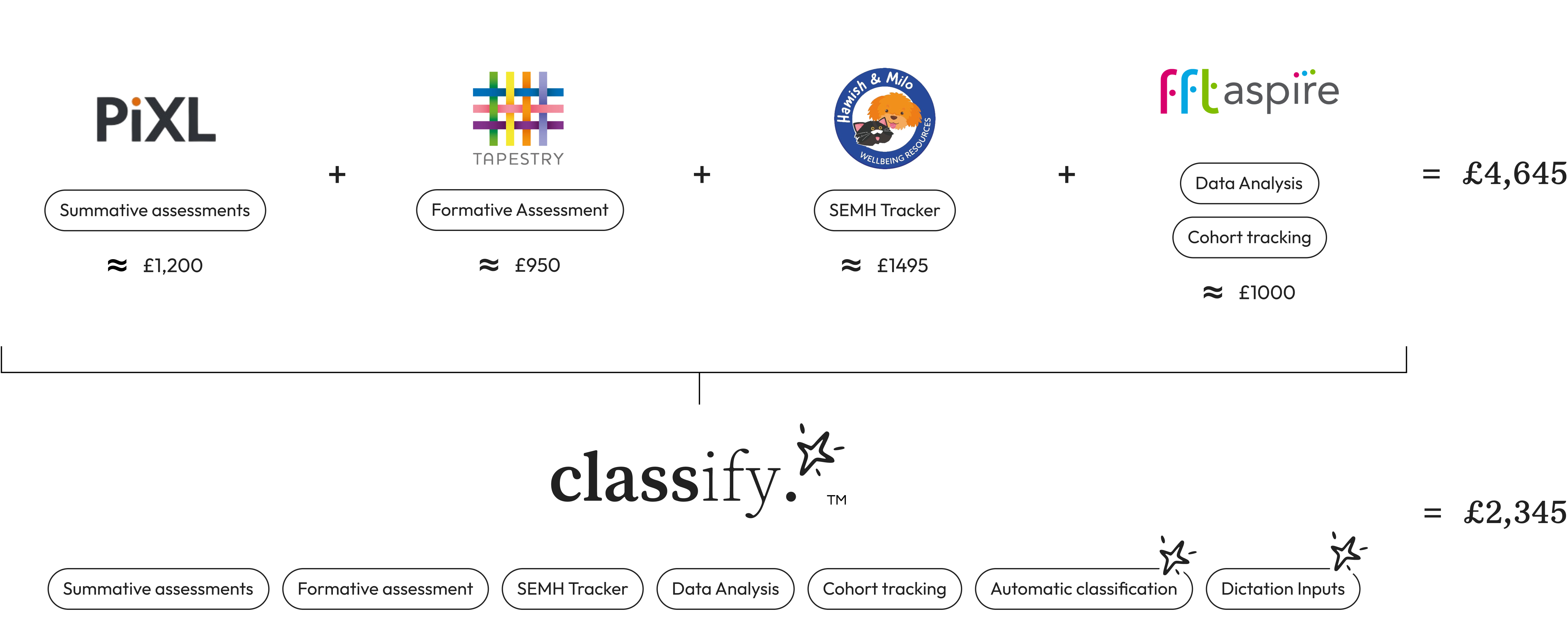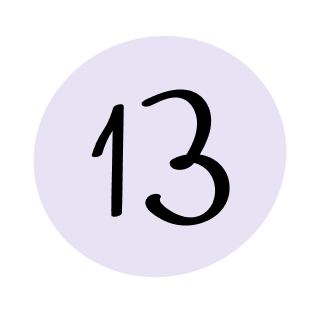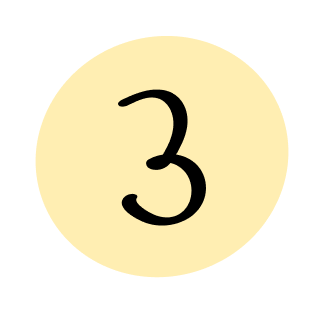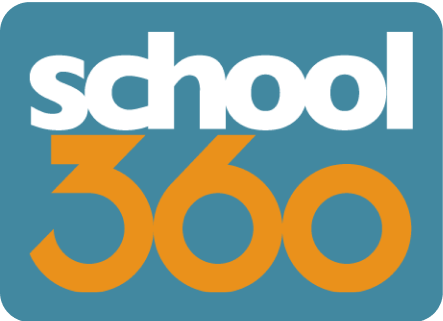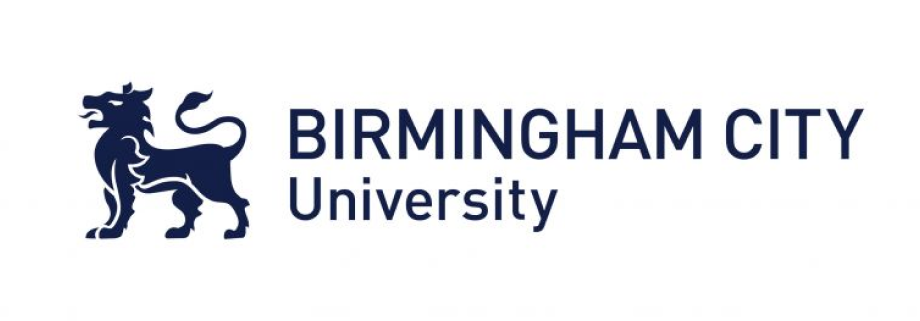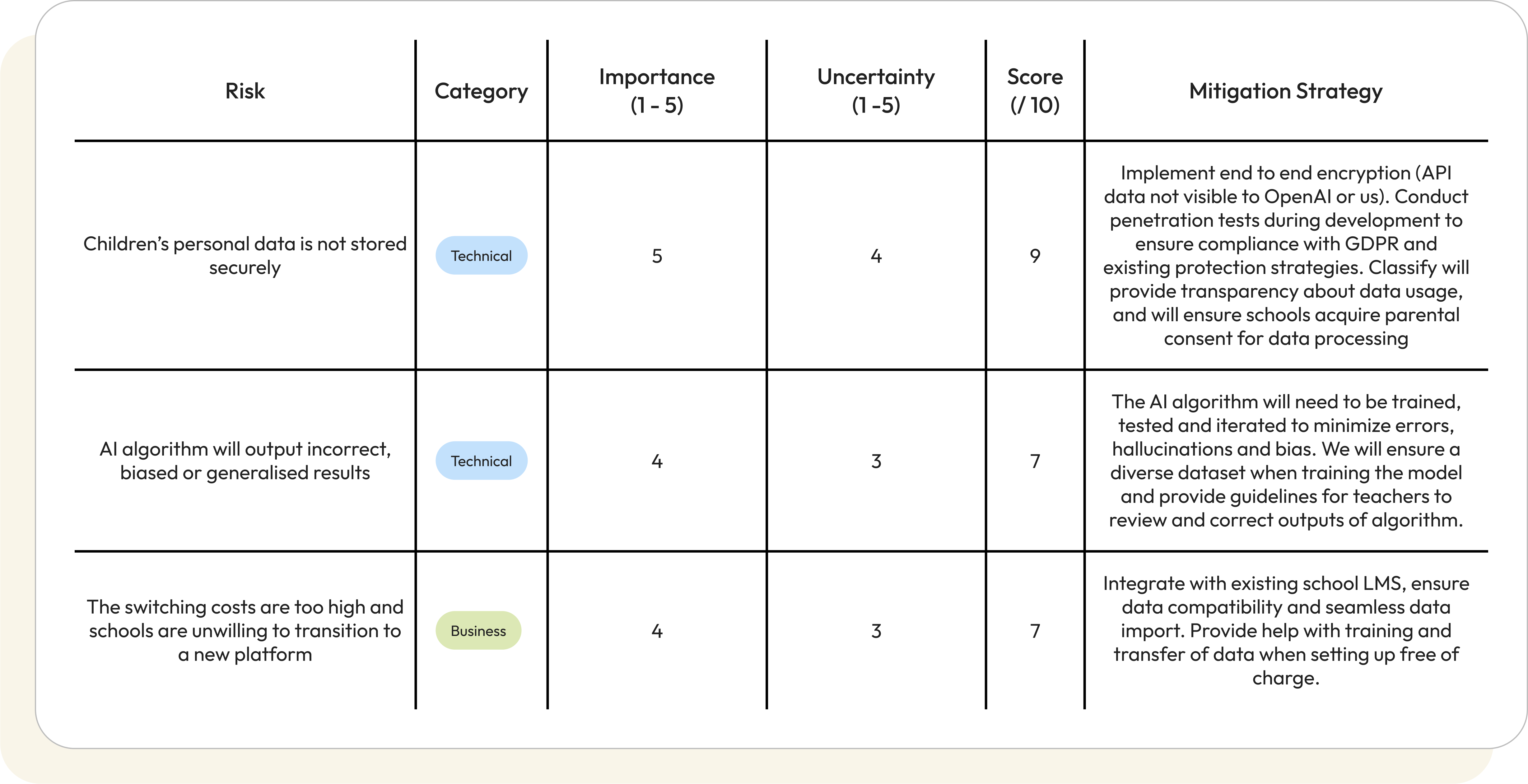The team
At Classify, we are more than a team of design engineers; we're a group of individuals deeply connected to the education system, motivated to change the status quo and alleviate the administrative burden teachers are under. With our rigorous approach to testing, experiments and validation, we are the right people to turn this vision into a reality.
Our team has expertise in AI, software development, consumer research and marketing, and together with our advisors, teacher supporters and school connections, we want to put Classify into teacher’s hands as soon as possible! We're not just building a platform; we're crafting a tool born out of a deep understanding and a sincere desire to uplift the teaching experience.
We are looking for school collaborations, beta testers and connections in the EdTech industry. Join us, and let's redefine education together!



